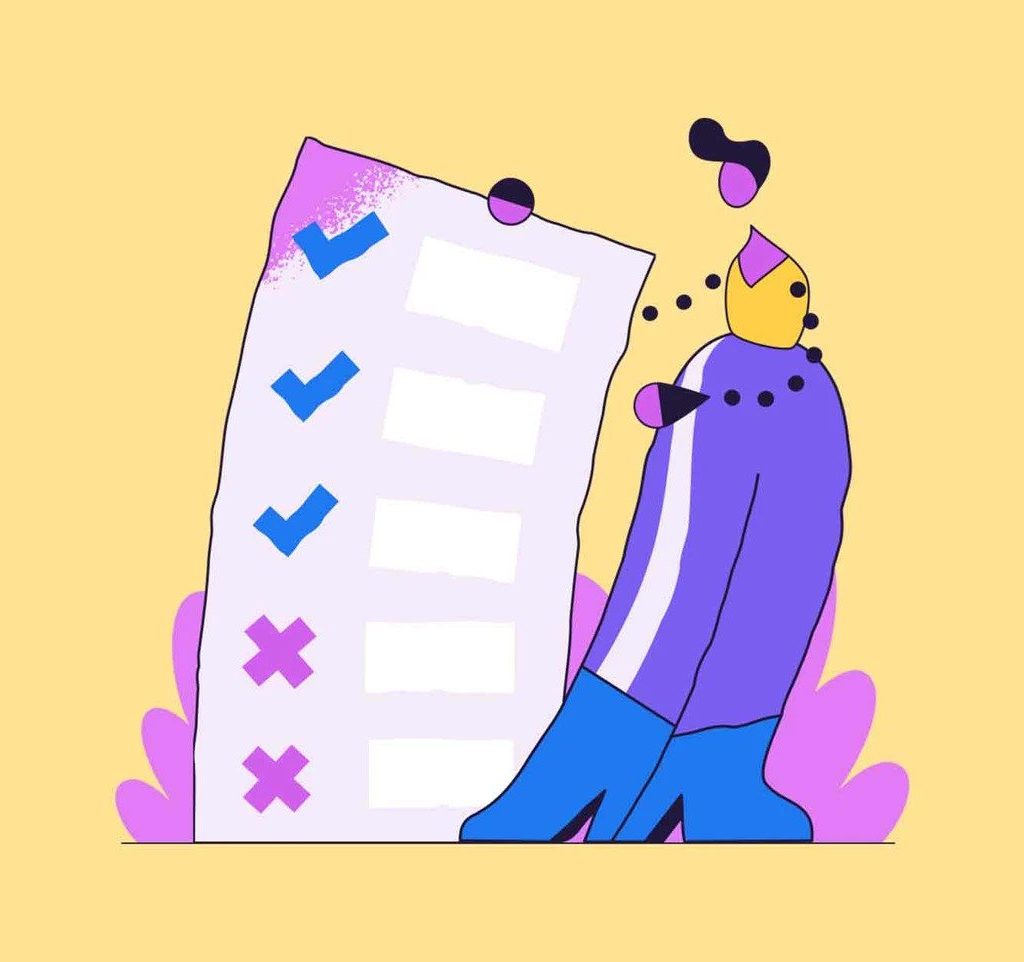A guide to providing effective design feedback.

JUNE 2, 2022
Introduction.
Providing useful and constructive design feedback is fundamental to any creative project and will undoubtedly have a strong impact on your final design outcome. The more consideration goes into giving feedback, the easier it will be to implement. Neither designers, project managers nor clients enjoy the back and forth of emails so it is important that we all facilitate a smooth feedback process.
In this blog post, we have collated an extensive guide on how to provide effective and frustration-free feedback for your next project.
1. A collaborative approach.
Collaboration is crucial to improving the feedback process and it should always be an open discussion. Instead of just telling a designer that you don’t like something, tell them exactly why and explain what’s not working – it should be a partnership of ideas that ultimately elevates the final outcome. Consider asking questions rather than writing a list of specific changes, questions will often open up discussions that help a designer understand your needs.
2. Don’t be vague!
Vague feedback often makes it hard for designers to know what a client wants. It is important to structure your feedback and explain exactly what you are talking about, whether that be fonts, sizing, layout and so on – be specific! Statements like “It’s not quite there” and “It doesn’t feel right” aren’t going to point designers in the right direction. Those providing the feedback must make sure they are offering an insightful critique and if you are struggling to write down your thoughts then a video call could be beneficial.
Here at KOTA, we often use Adobe XD to present our designs. This software allows clients to directly comment and pinpoint clients’ feedback on specific design elements and has proved to be a useful tool in our process.




